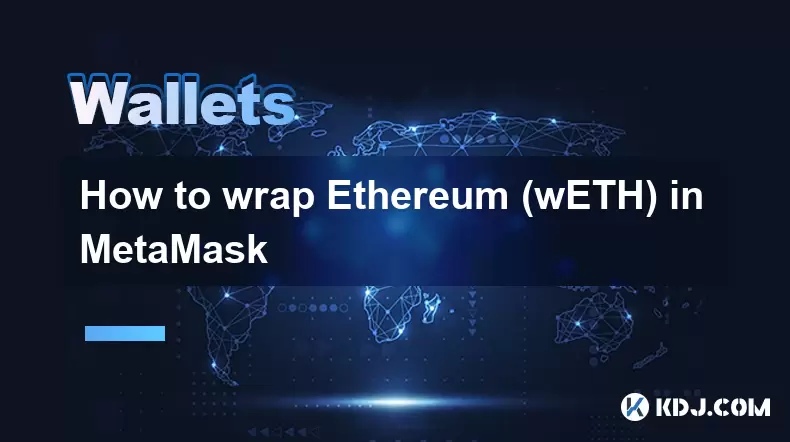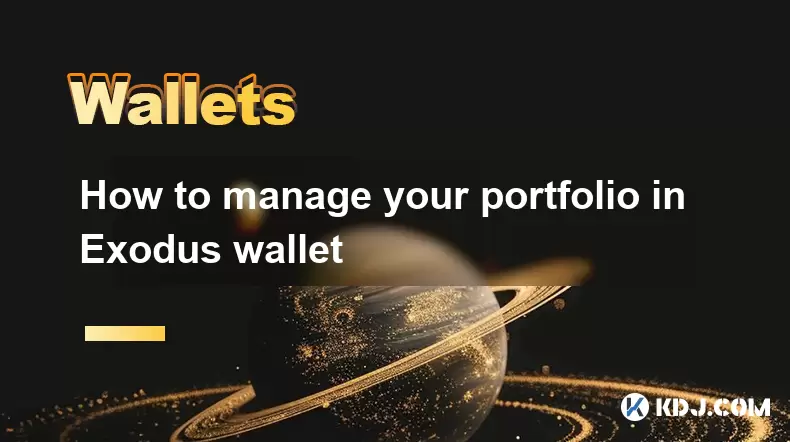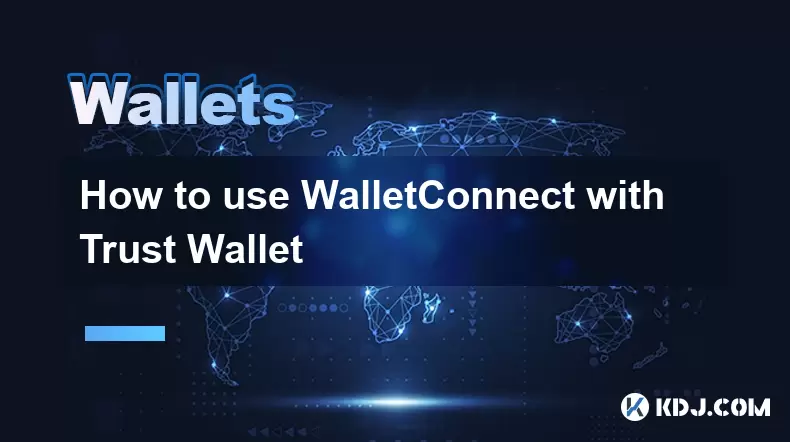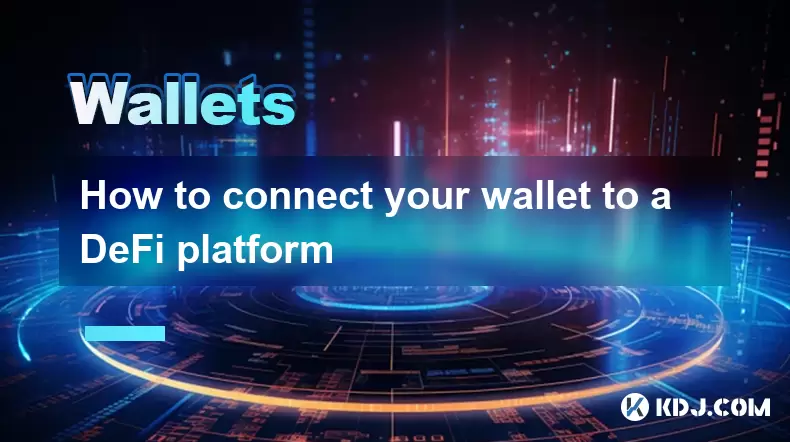-
 Bitcoin
Bitcoin $117600
0.25% -
 Ethereum
Ethereum $4424
0.10% -
 XRP
XRP $3.101
0.50% -
 Tether USDt
Tether USDt $1.001
-0.01% -
 BNB
BNB $836.2
1.26% -
 Solana
Solana $188.8
2.11% -
 USDC
USDC $1.000
0.01% -
 Dogecoin
Dogecoin $0.2301
0.57% -
 TRON
TRON $0.3485
-1.00% -
 Cardano
Cardano $0.9209
-1.34% -
 Hyperliquid
Hyperliquid $46.72
-1.19% -
 Chainlink
Chainlink $22.62
4.84% -
 Stellar
Stellar $0.4275
-0.38% -
 Sui
Sui $3.761
1.91% -
 Bitcoin Cash
Bitcoin Cash $586.7
-0.25% -
 Ethena USDe
Ethena USDe $1.001
0.01% -
 Hedera
Hedera $0.2510
2.06% -
 Avalanche
Avalanche $24.21
2.22% -
 Litecoin
Litecoin $119.7
1.07% -
 Toncoin
Toncoin $3.450
1.06% -
 UNUS SED LEO
UNUS SED LEO $9.411
-0.93% -
 Shiba Inu
Shiba Inu $0.00001298
1.20% -
 Uniswap
Uniswap $10.98
3.25% -
 Polkadot
Polkadot $3.961
2.16% -
 Dai
Dai $1.000
0.00% -
 Bitget Token
Bitget Token $4.642
0.95% -
 Cronos
Cronos $0.1514
0.57% -
 Ethena
Ethena $0.7290
3.78% -
 Monero
Monero $254.1
7.69% -
 Pepe
Pepe $0.00001102
2.47%
How to create and set up a Binance wallet?
Binance offers custodial (exchange) and non-custodial (Binance Chain) wallets. Protecting private keys is crucial; losing them means losing your crypto. Enable 2FA for enhanced security on both.
Mar 19, 2025 at 06:55 am

Key Points:
- Binance offers both a mobile app wallet and a web wallet, each with its own setup process.
- Security is paramount; understanding and utilizing 2FA is crucial.
- Managing your private keys is vital for securing your cryptocurrency holdings. Losing access to your private keys means losing your funds.
- Different wallets are optimized for different purposes; consider your needs before choosing a wallet type.
How to Create and Set Up a Binance Wallet:
Binance doesn't offer a standalone wallet in the traditional sense like a Ledger or Trezor hardware wallet. Instead, Binance provides custodial wallets integrated into its exchange platform. This means Binance holds your private keys, offering convenience but also relinquishing some control. You also have the option of using the Binance Chain Wallet, a separate non-custodial wallet that allows for greater control over your assets. Let's explore both options.
Setting up a Binance Exchange Wallet (Custodial):
This is the easiest method, directly accessible through your Binance account. No separate download or installation is needed. Your funds are stored on Binance's servers.
- Step 1: Create a Binance Account: If you don't already have one, visit the Binance website and follow the registration process. You'll need a valid email address and strong password.
- Step 2: Complete Verification: Binance requires KYC (Know Your Customer) verification for enhanced security and compliance. This involves providing personal information and potentially uploading identification documents.
- Step 3: Deposit Funds: Once verified, you can deposit cryptocurrencies into your Binance account. Binance supports a wide range of cryptocurrencies, so find the relevant deposit address for your chosen coin. Always double-check the address to prevent irreversible loss of funds.
- Step 4: Secure Your Account: Enable two-factor authentication (2FA) immediately. This adds an extra layer of security, requiring a code from your phone or authenticator app in addition to your password.
Setting up the Binance Chain Wallet (Non-Custodial):
This wallet gives you more control over your private keys but requires more technical understanding.
- Step 1: Download the Binance Chain Wallet: Download the official Binance Chain Wallet app for your device (mobile or desktop). Be cautious of phishing websites or fake apps.
- Step 2: Create a New Wallet: The app will guide you through the process of creating a new wallet. You'll be prompted to create a strong password and securely store your mnemonic phrase (a list of words). This mnemonic phrase is your master key – keep it safe and offline. Never share it with anyone.
- Step 3: Secure Your Wallet: Enable 2FA if available within the Binance Chain Wallet app. Regularly back up your mnemonic phrase to multiple secure locations.
- Step 4: Transfer Funds: You can transfer cryptocurrencies from your Binance exchange account to your Binance Chain Wallet or vice versa. Remember to use the correct network (e.g., BEP2, BEP20) when transferring.
Understanding Private Keys and Security:
Regardless of which wallet you choose, protecting your private keys is paramount. These keys grant access to your cryptocurrencies. Losing or compromising them means irreversible loss of funds.
- Never share your private keys with anyone.
- Use a strong, unique password.
- Enable 2FA whenever possible.
- Use a reputable antivirus and keep your software updated.
- Be wary of phishing scams.
Common Questions:
Q: Is the Binance exchange wallet safe?
A: Binance is a large exchange with robust security measures, but it's still a custodial wallet. This means they hold your private keys, so you rely on their security.
Q: What is a mnemonic phrase, and why is it important?
A: A mnemonic phrase is a sequence of words that acts as a backup for your private keys in a non-custodial wallet. Losing it means losing access to your funds.
Q: What's the difference between a custodial and non-custodial wallet?
A: A custodial wallet (like the Binance exchange wallet) is managed by a third party (Binance), holding your private keys. A non-custodial wallet (like the Binance Chain Wallet) gives you complete control over your private keys.
Q: Can I use the Binance Chain Wallet to store all cryptocurrencies?
A: The Binance Chain Wallet primarily supports assets on the Binance Chain and Binance Smart Chain networks. It may not support all cryptocurrencies.
Q: What if I forget my Binance exchange account password?
A: Binance provides password recovery options, usually through email verification. Follow their instructions carefully.
Q: How do I recover my Binance Chain Wallet if I lose my mnemonic phrase?
A: There is no recovery process if you lose your mnemonic phrase for the Binance Chain Wallet. Your funds will be irretrievably lost. This underscores the importance of securely backing it up.
Disclaimer:info@kdj.com
The information provided is not trading advice. kdj.com does not assume any responsibility for any investments made based on the information provided in this article. Cryptocurrencies are highly volatile and it is highly recommended that you invest with caution after thorough research!
If you believe that the content used on this website infringes your copyright, please contact us immediately (info@kdj.com) and we will delete it promptly.
- Kazakhstan's Crypto Leap: Bitcoin ETF and Central Asia's Digital Finance Future
- 2025-08-13 12:45:19
- BlockDAG Presale Blazes Past $371M: Fundraising Frenzy Fuels Crypto Sensation
- 2025-08-13 13:05:21
- Meme Coins: Chasing the 2025 Surge – Which Will Moonshot?
- 2025-08-13 10:25:23
- Bitcoin's Wild Ride: Rally, Pullback, and What's Next
- 2025-08-13 10:25:23
- Bitcoin, Bitmax, and Institutional Demand: A New Era of Crypto Investment
- 2025-08-13 10:45:12
- Solana, ROAM, and Airdrops: What's the Buzz in 2025?
- 2025-08-13 11:35:13
Related knowledge

How to wrap Ethereum (wETH) in MetaMask
Aug 13,2025 at 11:36am
Understanding Wrapped Ethereum (wETH)Wrapped Ethereum (wETH) is a tokenized version of native Ethereum (ETH) that conforms to the ERC-20 standard, ena...

How to manage your portfolio in Exodus wallet
Aug 08,2025 at 10:07pm
Understanding the Exodus Wallet InterfaceThe Exodus wallet is a non-custodial cryptocurrency wallet that supports a wide range of digital assets. When...

How to manage your portfolio in Exodus wallet
Aug 13,2025 at 11:35am
Understanding the Exodus Wallet InterfaceThe Exodus wallet is a non-custodial cryptocurrency wallet that supports a wide range of digital assets. Upon...

How to reset your MetaMask password
Aug 08,2025 at 01:28pm
Understanding the MetaMask Password Reset ProcessMany users confuse the MetaMask password with the seed phrase or private key, but they serve differen...

How to use WalletConnect with Trust Wallet
Aug 13,2025 at 01:07am
What Is WalletConnect and Why It Matters for Trust Wallet UsersWalletConnect is an open-source protocol that enables secure communication between dece...

How to connect your wallet to a DeFi platform
Aug 13,2025 at 11:36am
Understanding Wallet Compatibility with DeFi PlatformsBefore connecting your wallet to any DeFi platform, it's essential to ensure your wallet is comp...

How to wrap Ethereum (wETH) in MetaMask
Aug 13,2025 at 11:36am
Understanding Wrapped Ethereum (wETH)Wrapped Ethereum (wETH) is a tokenized version of native Ethereum (ETH) that conforms to the ERC-20 standard, ena...

How to manage your portfolio in Exodus wallet
Aug 08,2025 at 10:07pm
Understanding the Exodus Wallet InterfaceThe Exodus wallet is a non-custodial cryptocurrency wallet that supports a wide range of digital assets. When...

How to manage your portfolio in Exodus wallet
Aug 13,2025 at 11:35am
Understanding the Exodus Wallet InterfaceThe Exodus wallet is a non-custodial cryptocurrency wallet that supports a wide range of digital assets. Upon...

How to reset your MetaMask password
Aug 08,2025 at 01:28pm
Understanding the MetaMask Password Reset ProcessMany users confuse the MetaMask password with the seed phrase or private key, but they serve differen...

How to use WalletConnect with Trust Wallet
Aug 13,2025 at 01:07am
What Is WalletConnect and Why It Matters for Trust Wallet UsersWalletConnect is an open-source protocol that enables secure communication between dece...

How to connect your wallet to a DeFi platform
Aug 13,2025 at 11:36am
Understanding Wallet Compatibility with DeFi PlatformsBefore connecting your wallet to any DeFi platform, it's essential to ensure your wallet is comp...
See all articles

























































































